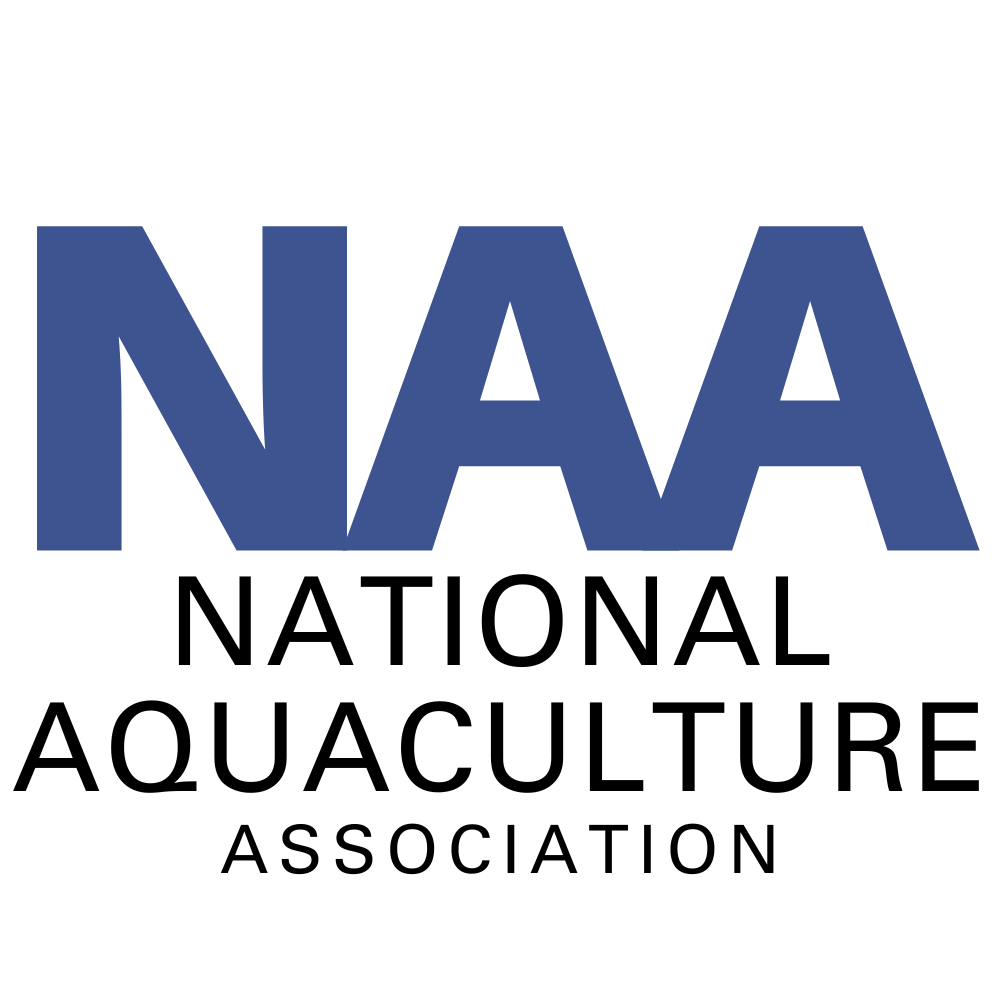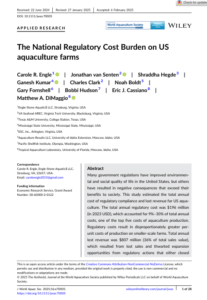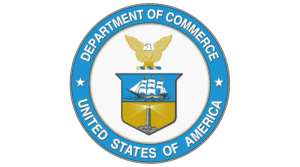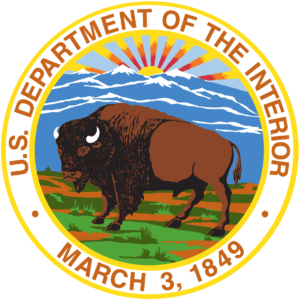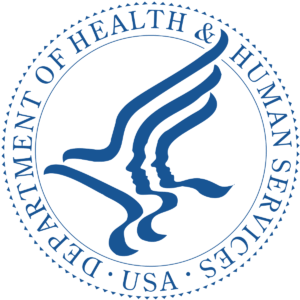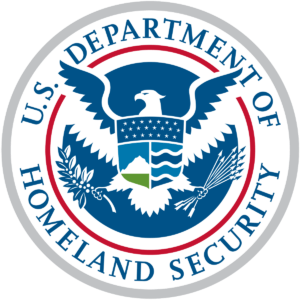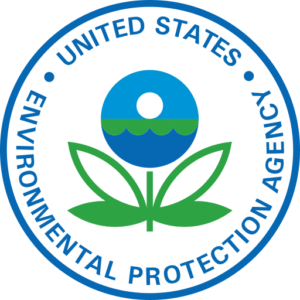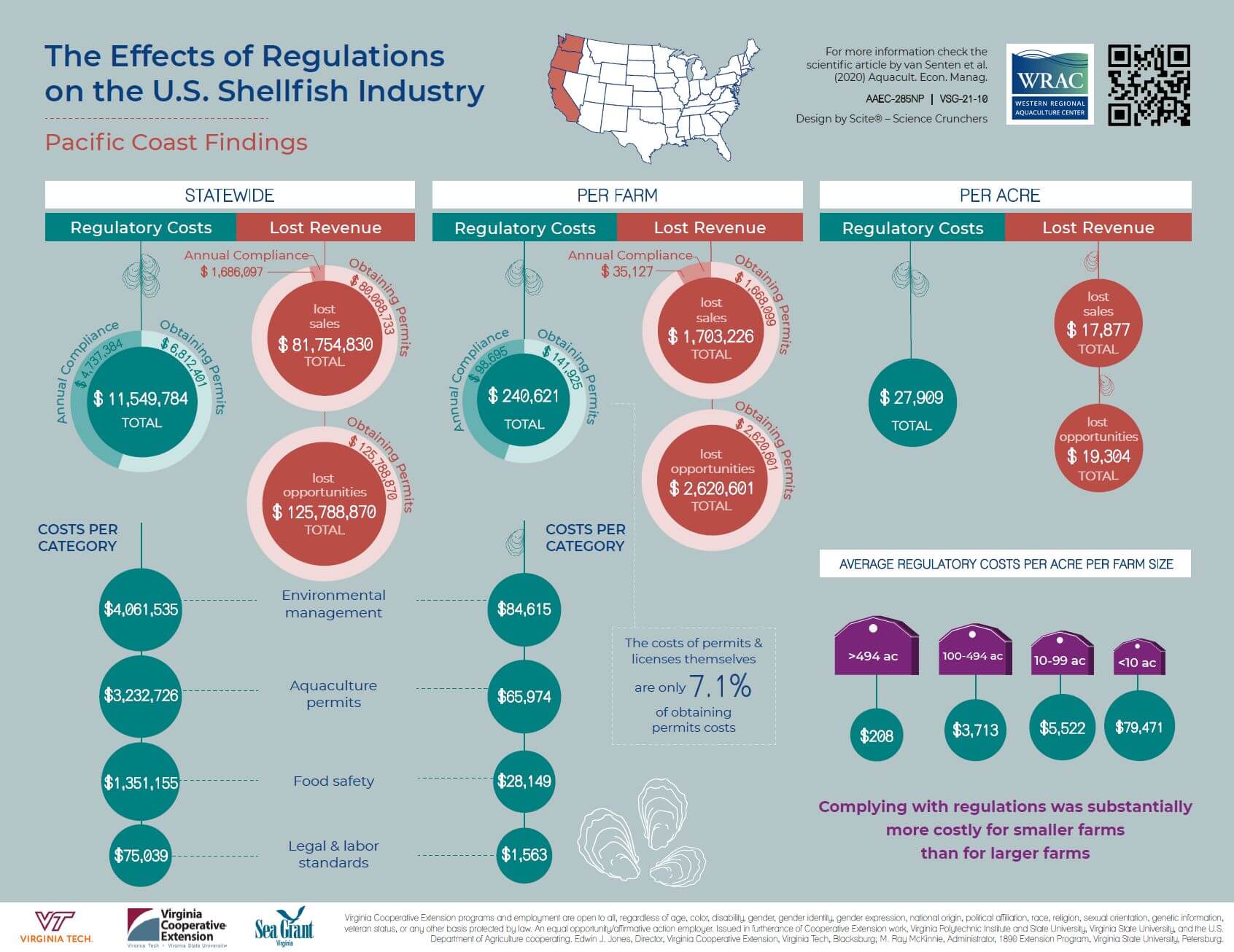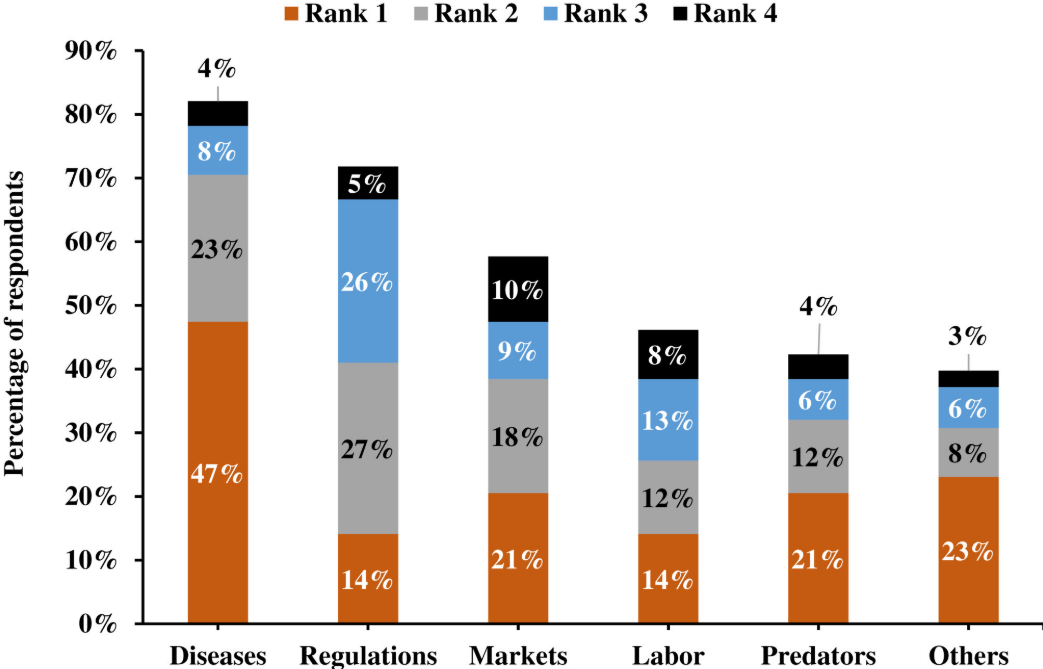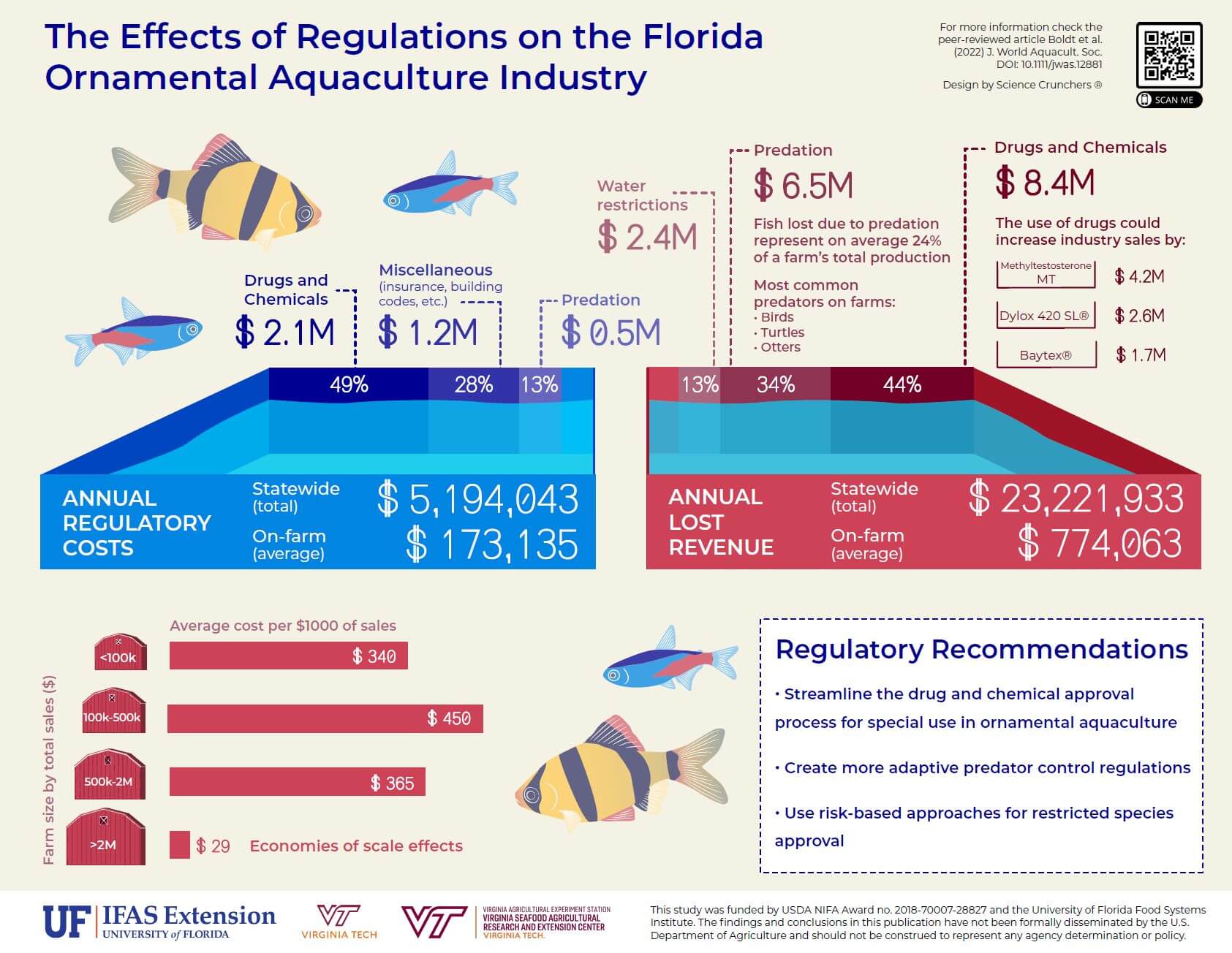Inefficient, cumbersome and restrictive regulations are hampering the success and growth of U.S. aquaculture.
U.S. farmers face a competitive disadvantage with foreign imports.
More than 1,300 federal, state or local laws apply to American farms.
Compliance requires significant direct and indirect costs for farmers.
For more details, see The National Regulatory Cost Burden on U.S. aquaculture farms (Engle et al. 2024).
Eight Federal Agencies and the White House have Regulatory Authorities.
Read the Guide for Federal Aquaculture Programs and Services to learn more.
